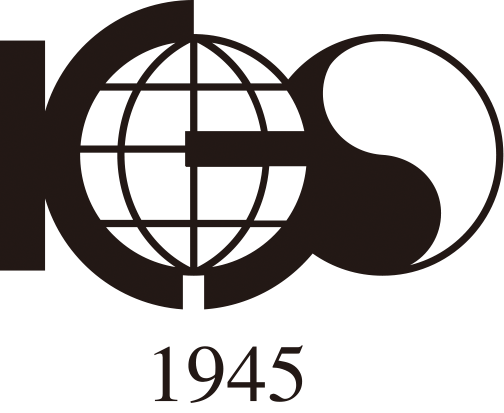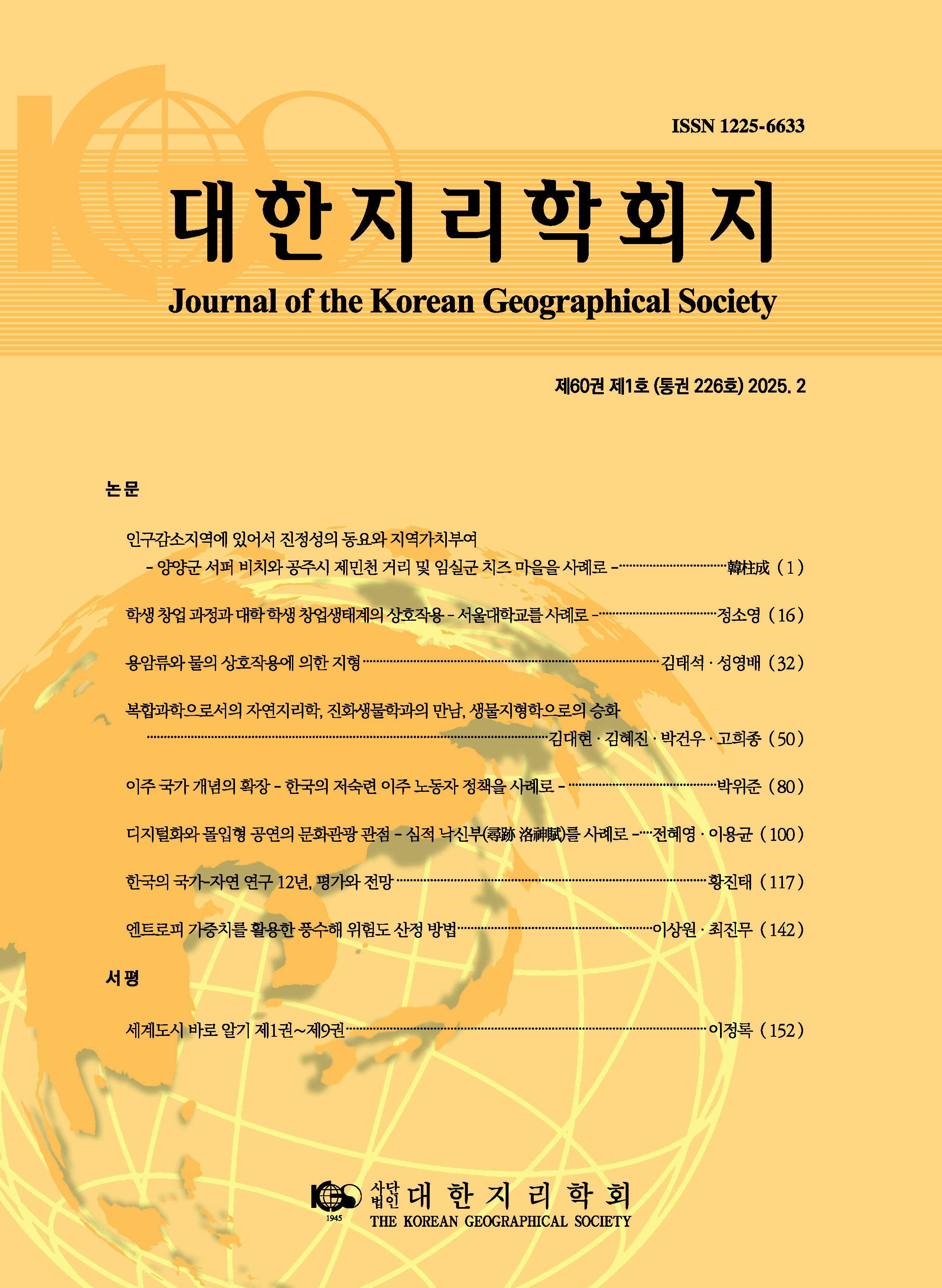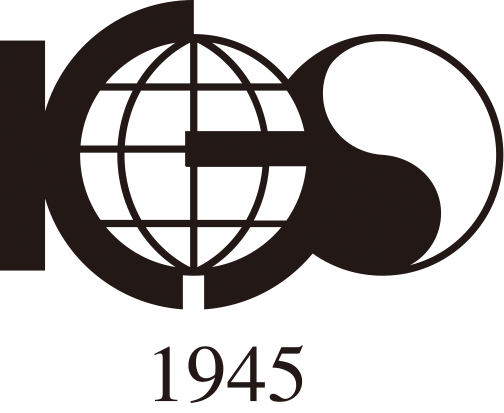Research Article
Abstract
References
Information
Jang, W. M., Lee, J., Eun, S. J., Yim, J., Kim, Y. and Kwak, M. Y., 2021, Travel time to emergency care not by geographic time, but by optimal time: a nationwide cross-sectional study for establishing optimal hospital access time to emergency medical care in South Korea, PloS one, 16(5), e0251116.
10.1371/journal.pone.025111633939767PMC8092794
- Publisher :The Korean Geographical Society
- Publisher(Ko) :대한지리학회
- Journal Title :Journal of the Korean Geographical Society
- Journal Title(Ko) :대한지리학회지
- Volume : 58
- No :5
- Pages :471-487
- Received Date : 2023-08-22
- Revised Date : 2023-10-04
- Accepted Date : 2023-10-09
- DOI :https://doi.org/10.22776/kgs.2023.58.5.471




 Journal of the Korean Geographical Society
Journal of the Korean Geographical Society







